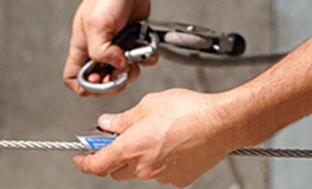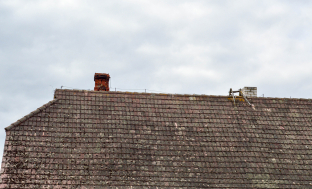latest news
Overcoming the risks of roof obstacles
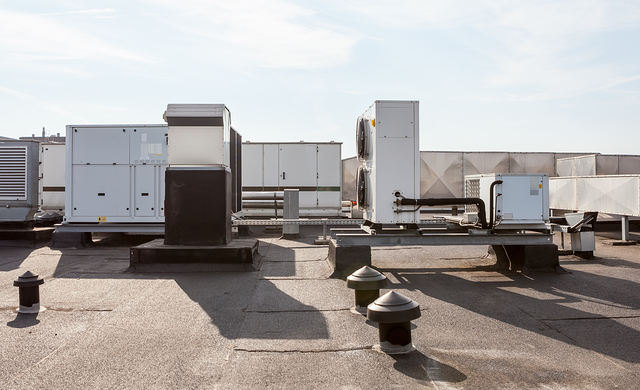
Despite the introduction of stricter, more organised design regulations over the past few decades, modern roofs remain a hotbed of hazards and obstacles.
With everything from cable beds to fragile areas posing a risk, those accessing the roof can find their tasks are made unnecessarily difficult.
According to the Construction (Design and Management) Regulations, these obstacles should be considered and managed during the design phase, but this is not always possible.
During the design phase, equipment requiring maintenance should be located at ground level where possible, or if installed later on the roof, placed in an area with existing safety equipment such as guardrail.
Non-negotiable locations for plant and equipment such as AC units or pipes can mean obstacles are created even with the best intentions.
If you are the building owner or a manager responsible for site safety, then it is your duty to ensure these obstacles can be safely traversed by workers.
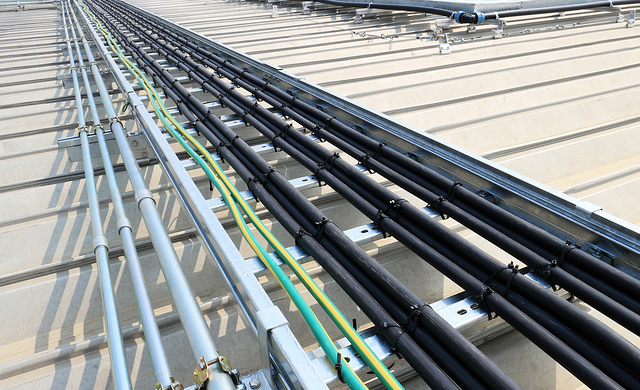
What can you do?
Work at height is always a risky endeavour, and this is why, according to the work at height hierarchy, it should be totally avoided where possible.
Unfortunately, there will always be a need for workers to access roofs and carry out some form of work at height, whether it is maintenance or additional works.
Ensuring workers are protected from the obvious danger of open edges is clearly a vital part of ensuring your roof is as safe as possible, but open edges are not the only risk.
Without clear, demarcated routes around or over obstacles such as pipes or cable trays, or changes in level, workers on your roof can struggle to complete tasks safely and efficiently.
There are also more serious dangers, such as unprotected skylights or fragile areas, which can pose a risk to their lives.
As the person responsible for a roof or any area where work at height is carried out, you must be conscious of all the risks and dangers on your roof, and put the correct solution in place.
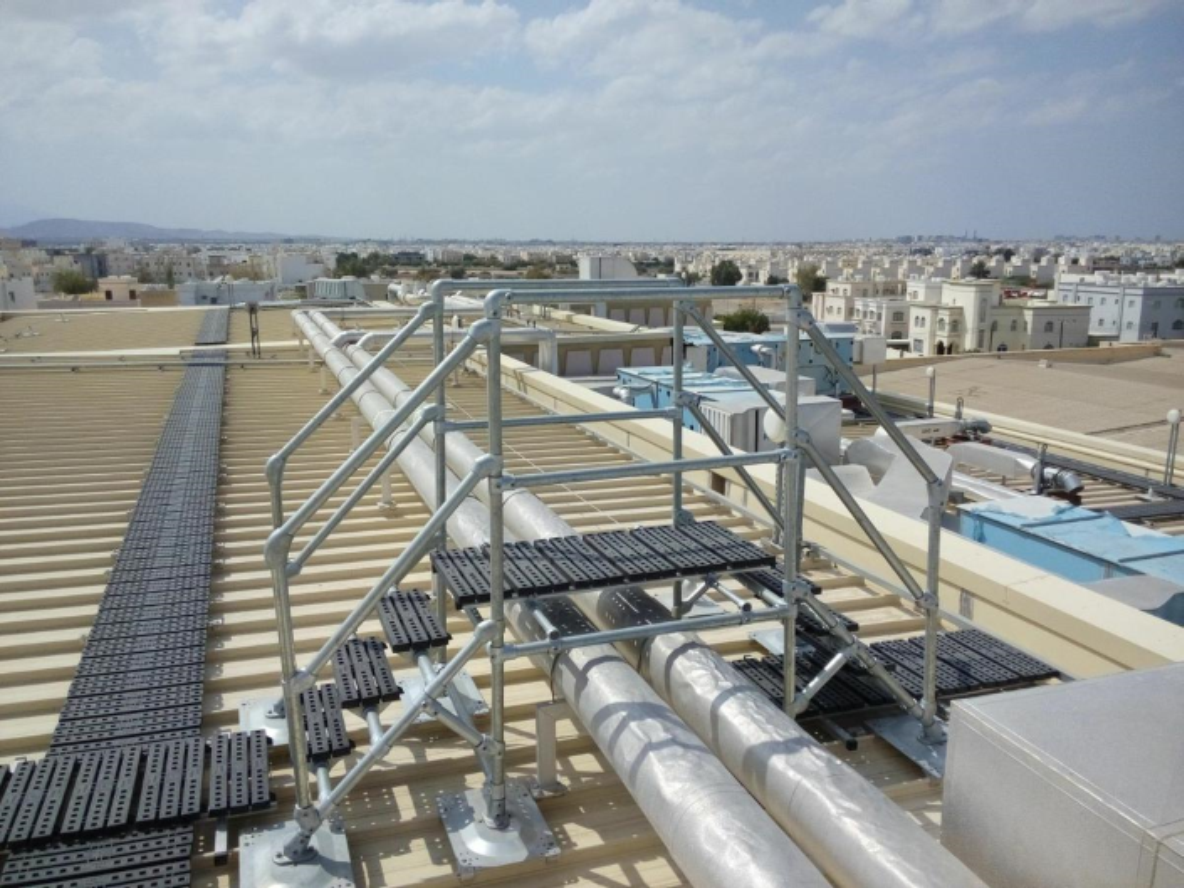
The most common obstacles
Obstacles and risks on your roof should be highlighted by a comprehensive risk assessment before any work is attempted.
Things that might be highlighted could include trip hazards like cables, or larger obstacles like plant and equipment or even changes in roof level, which will require the worker to take a less efficient and possibly risky route.
The best solution to these obstacles come in the form of step overs or access platforms, which will allow the worker to safely overcome these barriers safely and quickly, without having to go out of their way into riskier areas.
Step overs can be provided off the shelf as standard kits or created bespoke for a particular scenario, ensuring safe passage over almost any obstacle, including minor trip hazards in the form of mini step-overs.
Access platforms will allow access up to a different level of the roof. Sudden changes in roof level are more common on older roofs, built when design regulations were less strict.
What’s more, step overs and access platforms can be combined with a comprehensive roof walkway system, to ensure there is no confusion about the correct route to take.
There may be areas on your roof which should be avoided entirely, possibly because they cannot be fully protected with guardrails or even because they pose a risk due to their fragile nature.
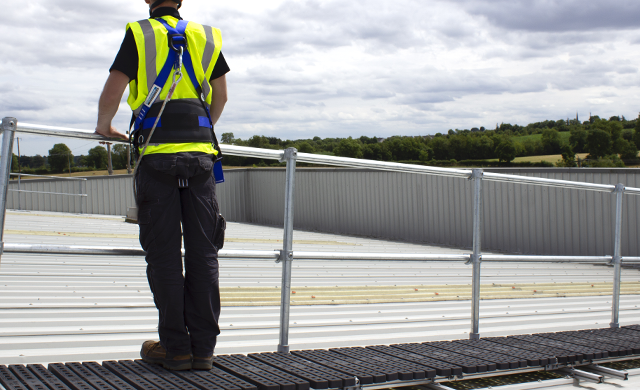
A roof walkway system can be used to clearly identify a safe route around these areas. You could also make use of our durable and visible safety signs to warn people away from these areas, or ensure they are reminded of the correct equipment to be using.
Our range of signs are designed to be long lasting and weatherproof, ensuring they will remain clear and legible for years to come.
However, signs can do little to defend against human error, and the most effective way to protect against injury or worse due to improper access to these areas is with a full safety system.
A roof barrier system will prevent access to these areas and make it clear they are unsafe, or you could implement a walkway system which makes use of an integrated barrier.
If the risk is due to skylights - which may or may not be fragile - then you can use a skylight protection system such as our Kee Dome® or low-profile Kee Cover systems.
The comprehensive solution
Almost all of the roof safety solutions we supply at Roof Edge can be used in conjunction with one another thanks to their modular nature.
By taking advantage of our full modular solutions range, you can ensure that anyone accessing your roof is protected from the moment they step onto it to when they step off, and can safely carry out their work.
For more information about any of our products or to discuss your roof requirements, call us on 0141 949 1014, or use our online contact form.

